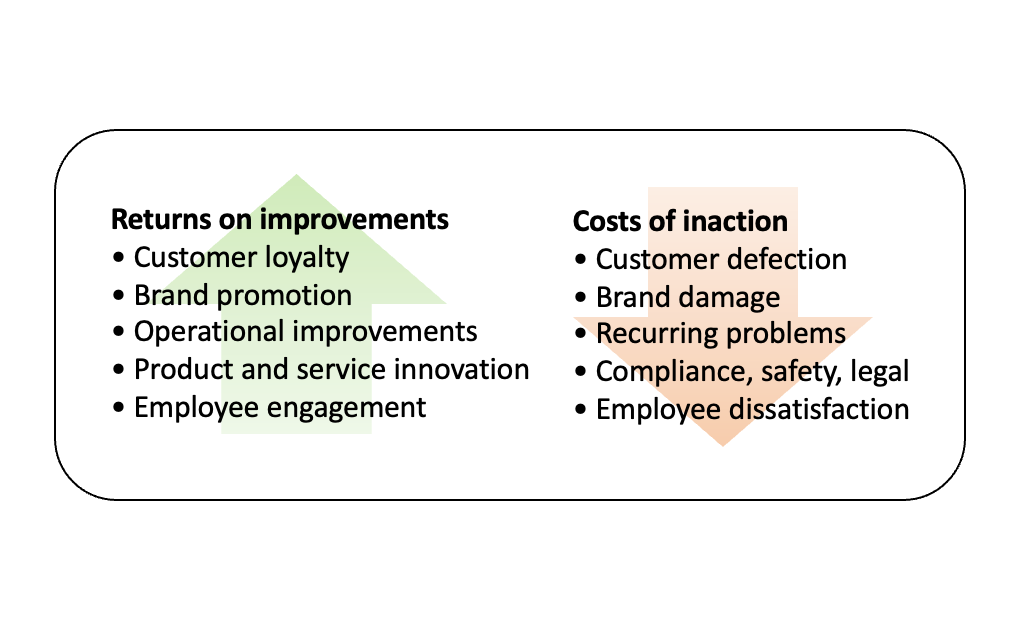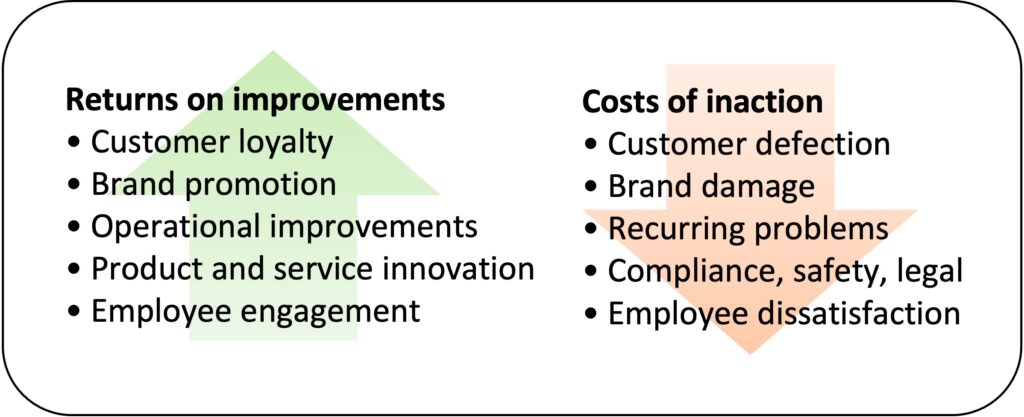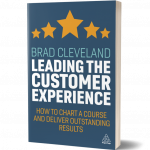When considering important aspects of justifying operational budgets— the funding you’ll need quarter after quarter, year after year — I recommend you use a toolkit of five ways to value returns on good customer experiences, and five types of costs that result from poor experiences.
First, facilitate a discussion around the costs of inaction. Let me be very direct: you want your colleagues to be uncomfortable with the costs of inaction. You want them to understand the risks and downside of poor customer experiences. To do this:
- Quantify how brand damage and customer defection decrease revenue, referrals and customer lifetime value.
- Explain the financial impact of ongoing problems, and highlight why those problems exist.
- Remind reviewers that subpar customer experience can lead to disengaged employees, with costs in attendance, turnover and poor customer experiences.
- Quantify the risks of non-compliance, safety and legal problems and estimate the potential costs.
You can then turn to a much brighter topic—the value of effective customer experience. I recommend reviewing the prior year, and the value contributions and cost savings that came out of it. I like to start this part of the discussion with some specific examples of how positive customer experience contributed to product improvements and more efficient operations. You can then highlight the impact of customer experience on:
- Customer lifetime value
- Brand promotion
- Referred customers
- Improved efficiency and productivity
- Employee engagement
Be reasonable and conservative in calculating value. Projected values look at the future and often span multiple years (customer lifetime value is an example). When comparing these values to a budget, be sure to only include one year of value against the one year of expenditures. If your analysis looks too good to be true, make sure your assumptions make sense. I will usually show in some detail the top one or two projected value contributions, and then mention others more generally.
Finally, remember to keep your eye on the prize. You’re not a lawyer trying to win one side of a case. Instead, you want others to understand the true impact of customer experience. The implications of good and bad experiences speak for themselves. You just have to make sure you’re including them in the conversation.
Excerpt from Leading the Customer Experience: How to Chart a Course and Deliver Outstanding Results by Brad Cleveland.





0 Comments